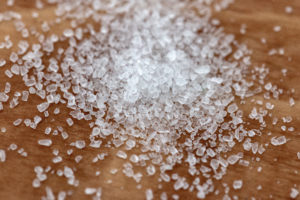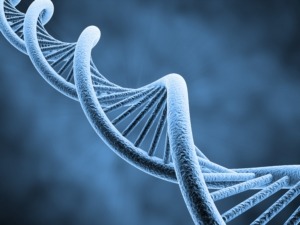To answer why reishi polysaccharides can fight against cancer, we need to learn what reishi polysaccharides are.
Question: is ganoderma lucidum polysaccharides sugar?
Broadly speaking, Ganoderma lucidum polysaccharides are sugar. Sugar is a carbohydrate, which generally consists of three elements: carbon, hydrogen, and oxygen.

Ganoderma lucidum polysaccharides mainly consist of these three elements. But ganoderma lucidum polysaccharides are not the sugar in our daily lives.
There are three types of sugar:
Monosaccharides
It is non-hydrolyzable sugar, which is the basic unit of disaccharides or polysaccharides, such as glucose.
Oligosaccharides
When 2-10 monosaccharide molecules bind together through “glycosidic bonds” (what is “glycosidic bonds”? It is a kind of chemical bond, you can understand it as a “button”, which links these monosaccharide molecules together through “button”).
The most common oligosaccharides in daily life are disaccharides, such as white sugar, brown sugar and sucrose.
Polysaccharides
Finally speaking of polysaccharides. Polysaccharides are polymeric sugar composed of more than 10 monosaccharides. Of course, they stay together through the “button”-the glycosidic bond.
Although polysaccharides are composed of monosaccharides, the structure becomes more complicated due to the large amount of polysaccharides. The complicated structure leads to new properties, some even have pharmacological effects.
There are many kinds of polysaccharides in nature, starch, cellulose, amylase, sodium hyaluronate and ganoderma lucidum polysaccharides.
Now, we have a new question: all of them are called polysaccharides? why reishi polysaccharides can fight against cancer, and starch and cellulose can’t?
To find out the answer, we need to learn the structure of ganoderma lucidum polysaccharides. What does it look like?
The structure of ganoderma lucidum polysaccharides is similar to DNA, both have a spiral structure.
The difference is that DNA is a double helix, and the structure of ganoderma lucidum polysaccharides has a triple helix.
There are three monosaccharide chains that are linked together in a spiral structure. The pharmacological effects of ganoderma lucidum polysaccharides is directly related to its triple helix structure.
If this spiral structure is destroyed, the pharmacological effects of ganoderma lucidum polysaccharides will be greatly reduced.
Why is ganoderma spore powder afraid of high temperature? Because the high temperature will destroy the helical structure of ganoderma lucidum polysaccharides, making it lose its pharmacological effect.
The pharmacological effects of ganoderma lucidum polysaccharides are also related to the linkage type of glycosidic bonds between monosaccharides .
There are two main types of glycosidic linkages of polysaccharides: one is a beta structure and the other is an alpha structure.
Unfortunately, polysaccharides with an α-type structure almost have no pharmacological effects, while polysaccharides with a β-type structure have pharmacological effects.
Fortunately, most of ganoderma polysaccharides have a β-type structure.
In addition, in the world of ganoderma lucidum polysaccharides, the higher the molecular weight, the better. Only when the molecular weight of ganoderma lucidum polysaccharides is higher than 10000, it shows strong antitumor activity. If the molecular weight is less than that limit, the polysaccharides have no antitumor effect.
In addition, the pharmacological effects of ganoderma lucidum polysaccharides are also related to the branch number of the polysaccharides chain and the number of hydroxyl substitution on the branch chain.
In general, more monosaccharides and more complex the structure, stronger pharmacological effects of polysaccharides.
Now we come back to the question: why reishi polysaccharides can fight against cancer, and starch and cellulose can’t?
This is because starch and cellulose have no helical structure, and starch has an alpha structure.

Leave A Comment